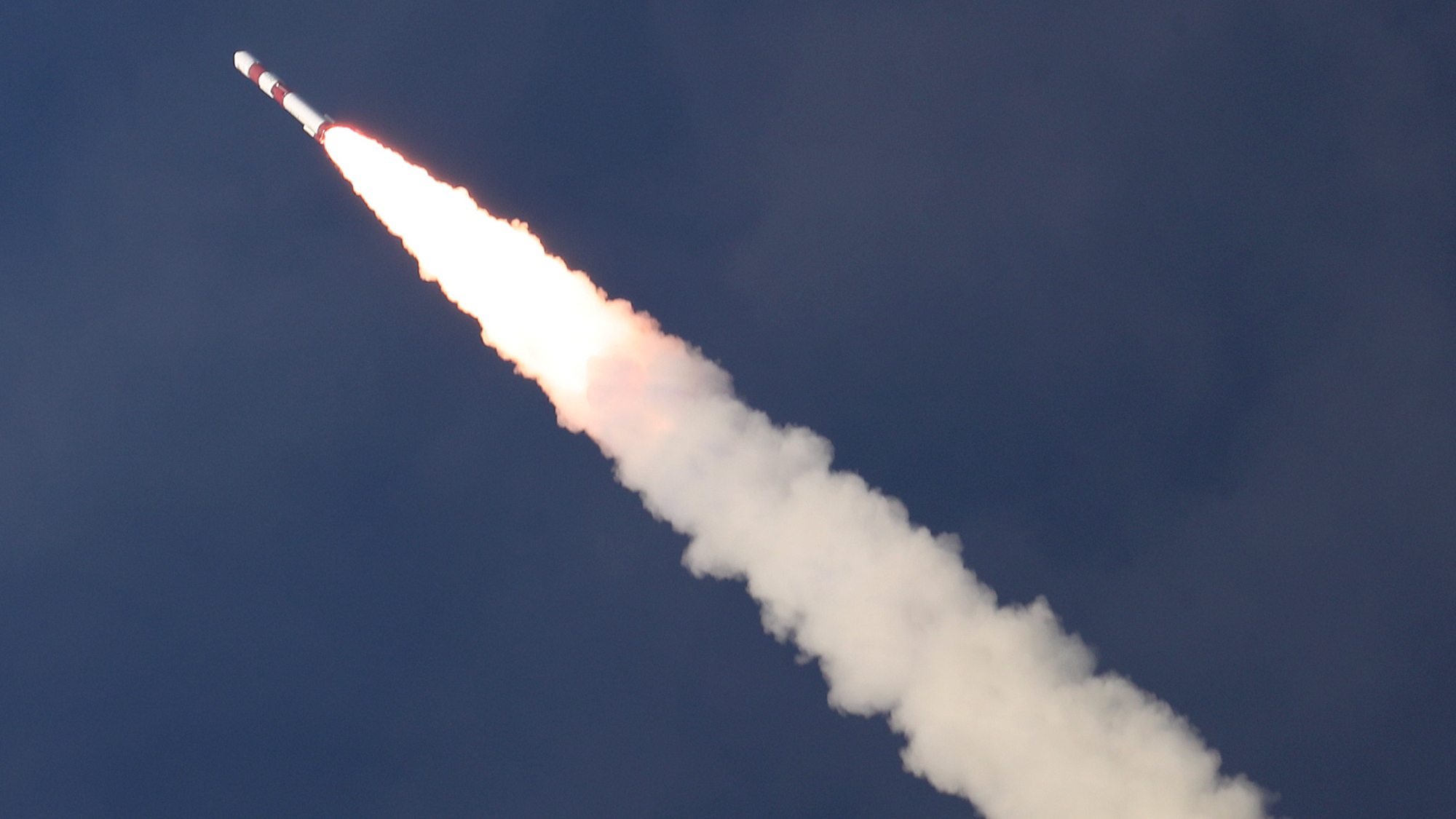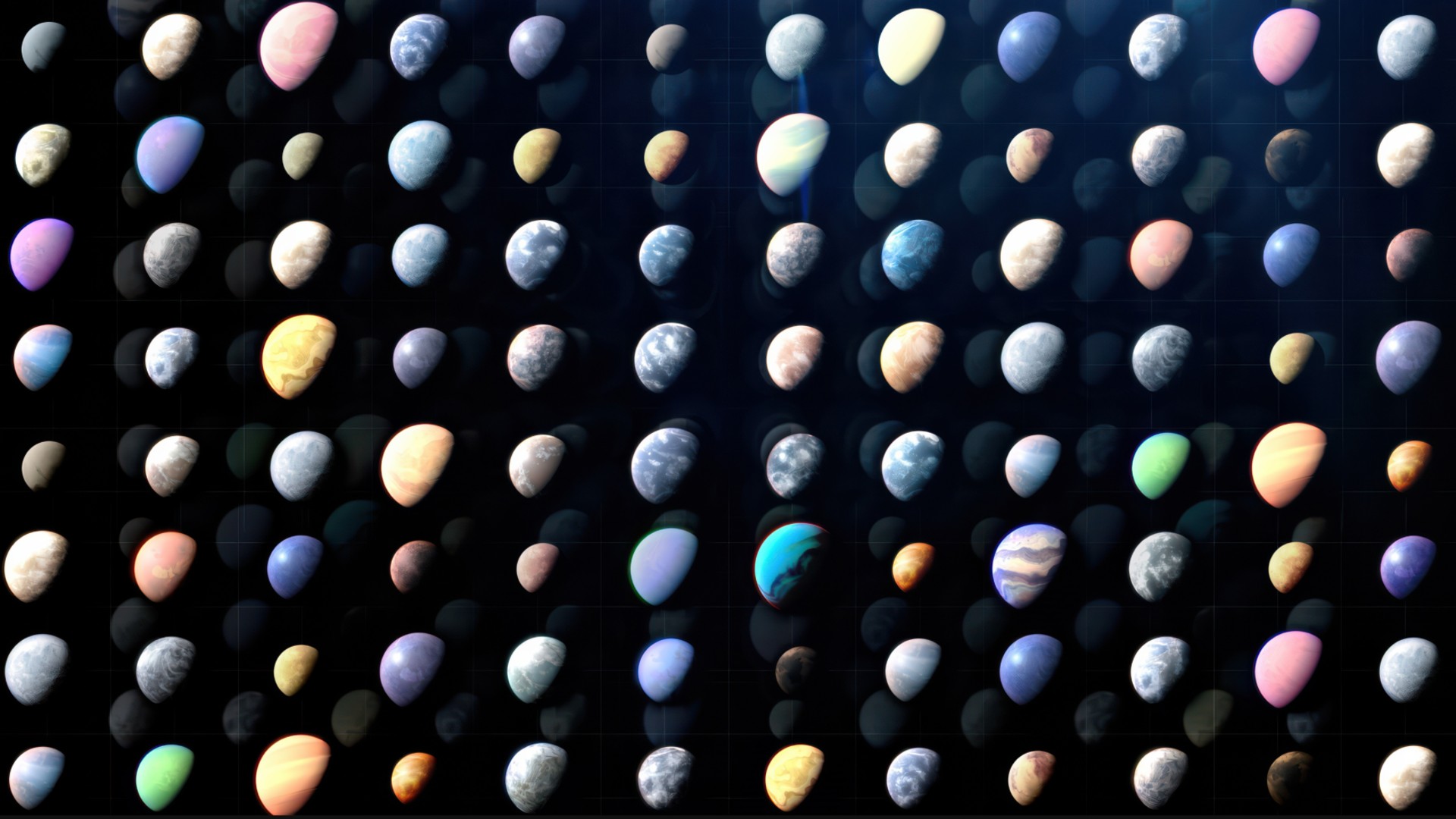Indian rocket launches 7 satellites to orbit (video)
An Indian rocket launched seven satellites to orbit today (July 29).
A Polar Satellite Launch Vehicle (PSLV) lifted off from India's Satish Dhawan Space Centre today at 9 p.m. EDT (0100 GMT and 6:30 a.m. local India time on July 30).
The main payload that went up on the 145-foot-tall (44 meters) PSLV tonight was DS-SAR, a 794-pound (360 kilograms) satellite designed to image Earth in radar light. (SAR stands for "synthetic aperture radar.")
Related: Indian rocket sends 2 Singaporean satellites to orbit in 'textbook launch'
DS-SAR was developed jointly by Singapore's Defence Science and Technology Agency and the company ST Engineering, according to the Indian Space Research Organisation (ISRO).
Six other, smaller satellites also flew on the rocket as secondary payloads. All of them were developed by Singaporean universities and other organizations in the small but economically powerful island nation. You can learn more about them in ISRO's launch press kit.
All seven satellites were deployed as planned into low Earth orbit, about 332 miles (535 kilometers) above the planet, over a four-minute stretch beginning roughly 21 minutes after launch, according to ISRO.
Breaking space news, the latest updates on rocket launches, skywatching events and more!
After deploying the satellites, the PSLV's fourth stage was slated to maneuvere itself down to a circular orbit with an altitude of about 186 miles (300 km) "to ensure its reduced orbital life," ISRO officials wrote in the press kit.
Tonight's launch was the 58th overall for the PSLV, which can deliver up to 3,860 pounds (1,750 kg) of payload to sun-synchronous polar orbits 370 miles (600 km) high.

Michael Wall is a Senior Space Writer with Space.com and joined the team in 2010. He primarily covers exoplanets, spaceflight and military space, but has been known to dabble in the space art beat. His book about the search for alien life, "Out There," was published on Nov. 13, 2018. Before becoming a science writer, Michael worked as a herpetologist and wildlife biologist. He has a Ph.D. in evolutionary biology from the University of Sydney, Australia, a bachelor's degree from the University of Arizona, and a graduate certificate in science writing from the University of California, Santa Cruz. To find out what his latest project is, you can follow Michael on Twitter.

